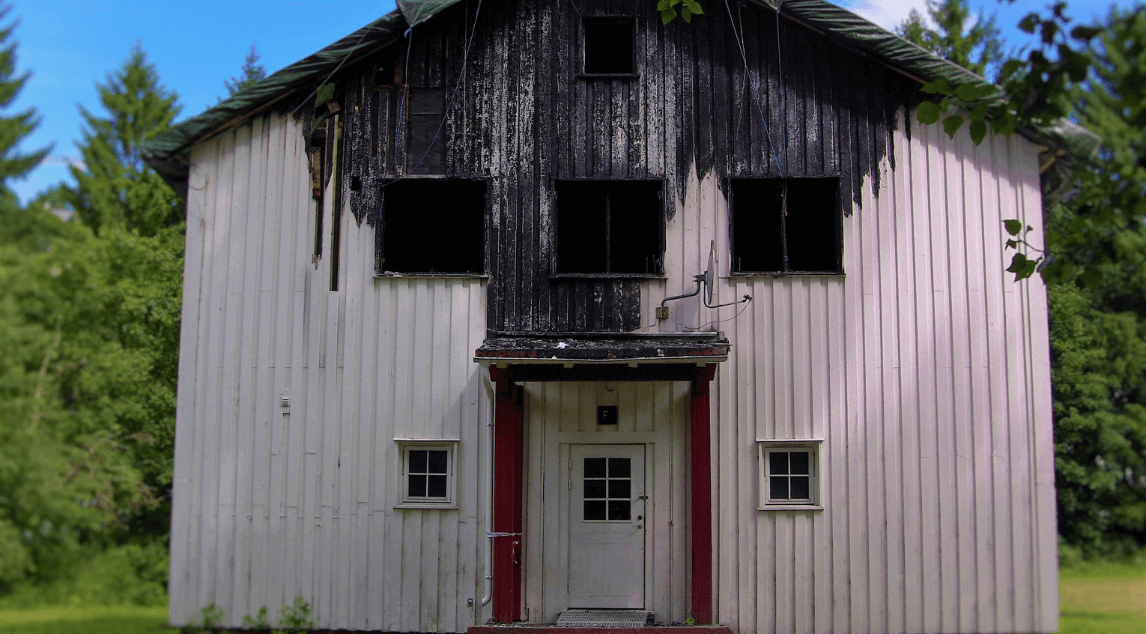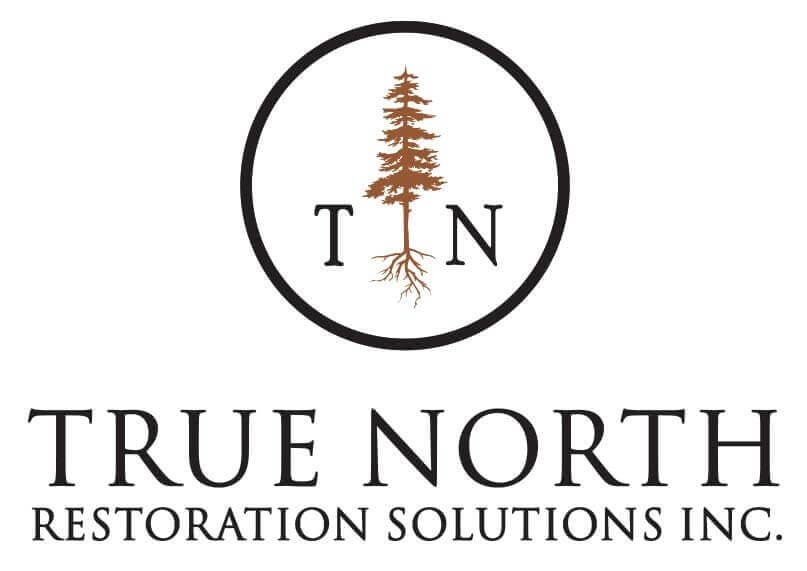Restoring Fire-Damaged Cottages: What You Need to Know
A fire can be devastating for any cottage owner, leaving behind not just emotional scars but significant physical damage to your cherished property. However, with the right approach, restoring a fire-damaged cottage is not only possible but can also revive its former glory. In this guide, we’ll walk you through the essential steps, considerations, and expert tips to help with eestoring fire-damaged cottages.
1. Assessing the Extent of the Damage
Before any restoration work begins, it’s crucial to assess the full extent of the damage. This involves more than just a visual inspection—hidden damage, such as weakened structural components or smoke infiltration, can be just as critical.
Key Steps:
- Hire a professional: Engage a qualified fire damage restoration expert to thoroughly inspect your property. They can identify structural issues, compromised materials, and other less obvious damage.
- Document the damage: Take detailed photos and notes for insurance purposes, which will be crucial when filing a claim.
2. Addressing Safety Concerns
Safety should be your top priority when dealing with a fire-damaged cottage. Ensure the site is safe for workers and anyone else who might need access during the restoration process.
Safety Tips:
- Check for structural stability: Before entering, ensure the cottage is structurally sound. This may require a structural engineer’s assessment.
- Remove hazardous materials: Identify and safely remove any hazardous materials, such as asbestos, lead, or mold, which may have been disturbed or introduced by the fire.

3. Cleaning Up Smoke and Soot Damage
Smoke and soot can penetrate deep into walls, furniture, and other surfaces, causing long-term damage if not properly cleaned. Addressing this immediately is critical for a successful restoration.
Cleaning Techniques:
- Use specialized cleaning agents: Professionals use cleaners designed specifically for smoke and soot removal, which are far more effective than standard household products.
- Deodorization: Consider ozone treatment or thermal fogging to remove persistent smoke odors that can linger even after visible soot is cleaned.
Guide on smoke and soot cleanup after a fire.
4. Repairing and Replacing Damaged Woodwork
Fire can weaken or destroy wooden elements in your cottage, such as beams, floors, and walls. Deciding whether to repair or replace these components is a crucial part of the restoration process.
What to Consider:
- Structural integrity: If the wood has been severely charred or its strength compromised, replacement is often the safer choice.
- Aesthetic restoration: For historical or sentimental woodwork, explore specialized restoration techniques that can salvage and restore the original appearance.
5. Restoring or Rebuilding the Roof
The roof is often one of the most heavily damaged parts of a cottage in a fire. Depending on the extent of the damage, you might need to restore or completely rebuild it.
Roof Restoration Tips:
- Assess the damage: A professional roofer can help determine whether the roof can be restored or needs a full replacement.
- Choose fire-resistant materials: Consider upgrading to fire-resistant roofing materials to reduce the risk of future damage.
6. Rebuilding the Interior
Restoring the interior of a fire-damaged cottage involves more than just replacing what was lost. This is an opportunity to update and upgrade your cottage to better withstand future incidents.
Considerations:
- Modernize electrical and plumbing systems: If these systems were damaged, upgrading them during the restoration can improve safety and efficiency.
- Use fire-resistant finishes: When rebuilding, opt for fire-resistant insulation, drywall, and flooring to enhance the fire safety of your cottage.
7. Working with Insurance for Restoring Fire-Damaged Cottages
Navigating the insurance claims process can be complex, especially after a fire. Working with restoration professionals who have experience in fire damage claims can ease this burden.
Tips for Managing the Process:
- File your claim promptly: Contact your insurance company as soon as possible to begin the claims process.
- Document all communications: Keep detailed records of all communications with your insurance company and restoration professionals.
Conclusion – Restoring Fire-Damaged Cottages: What You Need to Know
Restoring a fire-damaged cottage is a challenging but rewarding process. By following the steps outlined above, you can bring your cottage back to life and even improve its resilience against future fires. If you need expert help, True North Restoration is here to guide you through every step of the restoration process, ensuring your cottage is restored with care and precision.
Ready to start your restoration project? Contact True North Restoration today for a consultation and let us help you bring your cottage back to its former glory! See our GMB to see where we service.
